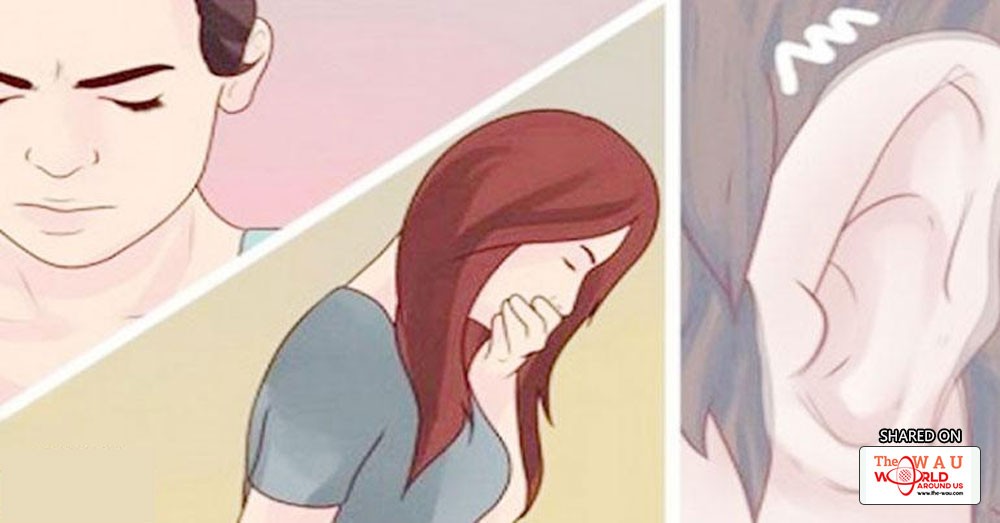Believe it or not, most people with high blood pressure don’t show any symptoms, which makes this even more dangerous.
We will show you what the healthy range of blood pressure looks like as well as what is considered ‘high’ and what is considered ‘dangerous’ levels. Also keep in mind medication is just a temporary solution to the problem, we will show you how to address the underlying causes.
Did you know that we spend $40+ billion on treating high blood pressure?
Yep, stuff like diuretics, beta-blockers, and ACE inhibitor drugs. Big Pharma loves this!
And sure, these medications can bring your blood pressure back down, but then you may need another medication to treat the sound-effects that come with those medications. Big Pharma loves this!
All the while, your doctor isn’t treating the underlying causes, he’s not telling you to eat right, exercise for once in your life, stop smoking, stop drinking, try yoga and medication, etc.
What Is Healthy and What Is Dangerous?
The measurement of blood pressure shows two values – systolic and diastolic pressure. Here are the ranges of blood pressure:
Healthy: Lower than 120/80
Kind of High: 120–139/80–89
High: 140–159/90–99
Dangerous: 160 and above/100 and above
In most cases, high blood pressure doesn’t cause any symptoms, but many people report:
- confusion
- headaches
- irregular heartbeat
- chest pain
- ear noise
- fatigue
- nosebleeds
Controlling your blood pressure and reacting on time are vital for the prevention of further problems. If left untreated, hypertension can shorten your longevity by five years if you are over 50.
More than 360 000 people died in the USA from hypertension in 2013, which equals about 1000 deaths a day. As you can see, high blood pressure is a severe health problem which requires a serious treatment.
Hypertension can raise the risk of chronic heart failure, eye problems, metabolic syndrome, first heart attack and stroke, aneurysm and memory problems.
Low blood pressure
The aging process and numerous other factors can lead to either high or low blood pressure. Both conditions are equally dangerous and require serious treatment. Just like high blood pressure, low blood pressure doesn’t cause any symptoms.
The condition usually occurs if you stand up from a lying position suddenly or if you’re standing for a prolonged period. When this happens, the brain is deprived of proper blood supply, which can cause dizziness. The condition affects more than 15% of people over 65 and should be treated on time.
Although low blood pressure doesn’t cause any specific symptoms, people have reported:
- dizziness
- cold and pale skin
- nausea
- fainting
- blurred vision
- lethargy
- rapid breathing
- fatigue
Low blood pressure is usually caused by endocrine problems, neutrally mediated hypotension, infections, allergic reactions, pregnancy, some medications, a decrease in blood volume and nutritional deficiencies.
Change Lifestyle and Avoid Medications
It’s really as simple as eating a healthy diet and regular exercise, anchored with good sleeping patterns. Notice I said simple, not easy. But that’s the good news, it’s not complicated to get back on track.
...[ Continue to next page ]
Share This Post















